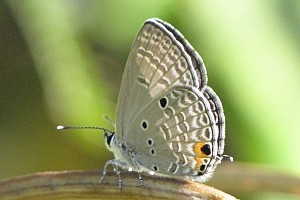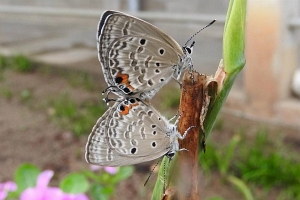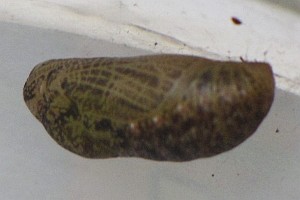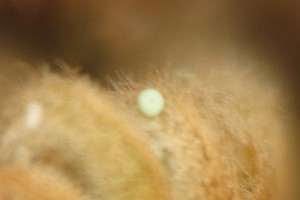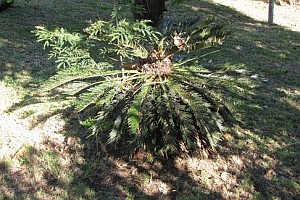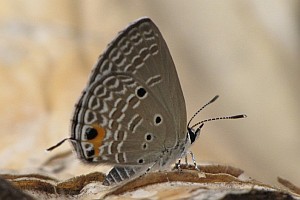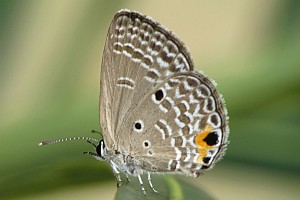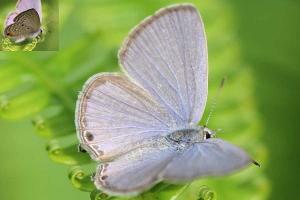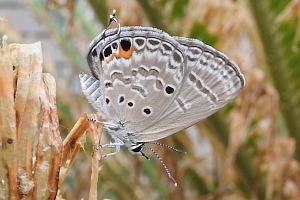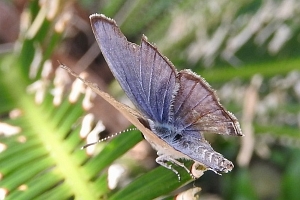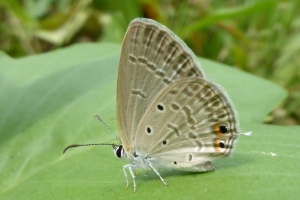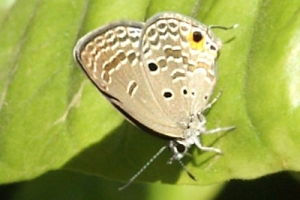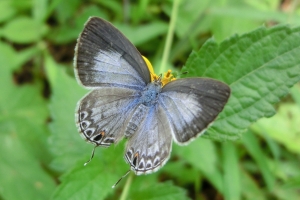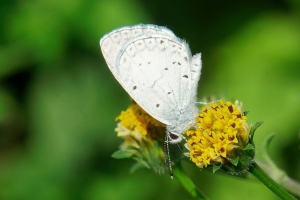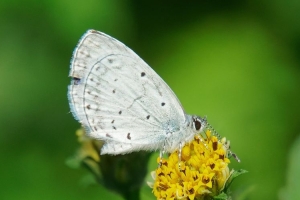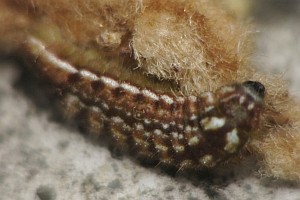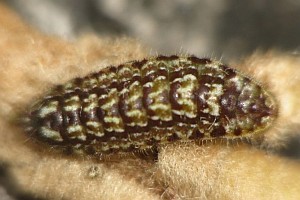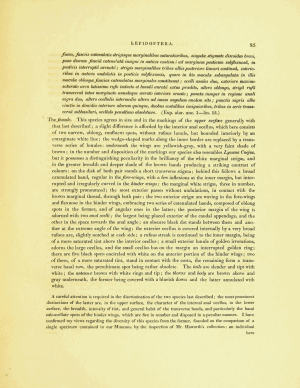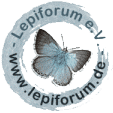Länder:

 +30Kontinente:ASAFOC
+30Kontinente:ASAFOC


 +30Kontinente:ASAFOC
+30Kontinente:ASAFOCInhalt
1. Lebendfotos
1.1. Falter
1: Frankreich, La Réunion, 97490 Ste. Clotilde, Campus du Moufia, 15. September 2009 (det. & Freilandfoto: Georg Paulus)Forum
2: Frankreich, La Réunion, 97490 Ste. Clotilde, Campus du Moufia, 30. September 2009 (det. & Freilandfoto: Georg Paulus)Forum
3: Frankreich, La Réunion, 97490 Ste. Clotilde, Campus du Moufia, 1. Dezember 2009 (det. & Freilandfoto: Georg Paulus)Forum
4: Singapur, Pearl's Hill City Park, Tagfund, 21. Juli 2016 (det. & Freilandfoto: Wolfgang Hackbusch)Forum
5-6: Papua Neuguinea, East Sepik, Wirui, Gartenanlage mit viel Grün und Blumen, ca. 10 m, 25. April 2019 (det. & fot.: Maria Felbauer), conf. Rolf StrickerForum
7: Thailand, Provinz Phang Nga, Lam Kaen, ca. 10 m, 10. November 2014 (det. (cf.) & fot.: Peter Ginzinger)Forum
8: Vietnam, Hue, ca. 10 m, 30. November 2015 (det. (cf.) & fot.: Peter Ginzinger)Forum
9: Thailand, Insel Phuket, Kata, Ende Dezember 2008 (fot.: Stefan Egli), det. Roland BreithauptForum
10: ♀, Indonesien, Bali, Sukawati, 19. Oktober 2022 (det. & fot.: Kersten Krause)
11-12: Südkorea, Jeju Insel, Jeju, Offenland, 70 m, 11. Oktober 2024 (fot.: Thomas Schiffer), det. Dominik HoferForum
1.2. Kopula
1: Papua Neuguinea, East Sepik, Wirui, Gartenanlage mit viel Grün und Blumen, ca. 10 m, 25. April 2019 (det. & fot.: Maria Felbauer), conf. Rolf StrickerForum
1.3. Raupe
1-3: Frankreich, La Réunion, 97490 Ste. Clotilde, Campus du Moufia, an Cycas spec., 1. Dezember 2009 (leg., cult., det. & Fotos: Georg Paulus)Forum
1.4. Puppe
1: Frankreich, La Réunion, 97490 Ste. Clotilde, Campus du Moufia, 6. Dezember 2009 (leg., cult., det. & Foto: Georg Paulus)Forum
1.5. Ei
1: Frankreich, La Réunion, 97490 Ste. Clotilde, Campus du Moufia, auf Cycas spec., 1. Dezember 2009 (Foto: Georg Paulus), det. durch Beobachtung der EiablageForum
2. Diagnose
2.1. Erstbeschreibung
1-3: Horsfield (1829: 84-86) [nach Copyright-freien Scans auf www.biodiversitylibrary.org]
3. Biologie
3.1. Raupennahrungspflanzen
1: Palmfarn (Cycas spec.): Frankreich, La Réunion, 97490 Ste. Clotilde, Campus du Moufia, 1. Dezember 2009 (Foto: Georg Paulus)Forum
2: Diese Art liebt diese Palme über alles, Papua Neuguinea, East Sepik, Wirui, Gartenanlage mit viel Grün und Blumen, ca. 10 m, 25. April 2019 (fot.: Maria Felbauer)Forum
4. Weitere Informationen
4.1. Andere Kombinationen
- Lycaena pandava Horsfield, [1829] [Originalkombination]
- Chilades pandava (Horsfield, [1829]) [lange Zeit übliche Kombination]
- Edales pandava (Horsfield, [1829]) [so auf Global Biodiversity Information Facility]
4.2. Synonyme
- Catochrysops nicola Swinhoe, 1885 [Synonym nach funet.fi]
- Catochrysops bengalia de Nicéville, 1885 [Synonym nach funet.fi]
- Euchrysops insularis Riley, 1945 [Synonym nach funet.fi]
4.3. Unterarten
- Luthrodes pandava vapanda (Semper, 1890) [Unterart nach funet.fi]
- Luthrodes pandava lanka (Evans, [1925]) [Unterart nach funet.fi]
4.4. Taxonomie
Die Art wurde lange Zeit als Chilodes pandava geführt, von vielen Autoren noch immer. Die neuerlich vorgenommene Ausgliederung einiger Arten in eine eigene Gattung Luthrodes aufgrund genetischer Unterschiede ist berechtigt, aber nicht zwingend.
(Autor: Erwin Rennwald)
4.5. Faunistik
Nach [Global Biodiversity Information Facility] kommt die Art in Indien, Singapur, Hongkong. China, Japan, Malaysia, Thailand, Indonesien, Taiwan, Sri Lanka, Vietnam, Israel, Macao, Myanmar, Bangladesch, Ägypten, Kambodscha. Palestina, Mauritius, Réunion, Südkorea, Vereinigte Arabische Emirate, Nepal, Guam, Madagaskar, Nördliche Marianen, Laos, Papua-Neuguinea, Ecuador? und Philippinen vor.
Locus typicus: Java.
(Autor: Michel Kettner)
4.6. Literatur
- Fric, Z., Dickinson, R., Fetouh, G., Larsen, T. B., Schön, W. & M. Wiemers (2014): First record of the cycad blue, Chilades pandava, in Egypt – a new invasive butterfly species in the Mediterranean region and on the African continent (Lepidoptera: Lycaenidae). — African Entomology 22 (2): 315-319.
- Erstbeschreibung: Horsfield, T. (1829): Part I. of a Descriptive Catalogue of the Lepidopterous Insects Contained in the Museum of the Honourable East-India Company, Illustrated by Coloured Figures of New Species and of the Metamorphosis of Indian Lepidoptera with Introductory Observations. 1-80, pl. I-IV. London (Parbury, Allen, & Co.).
- Tennent, W. J. (2014): First record of the invasive lycaenid species Chilades pandava (Horsfield, 1829), from Papua New Guinea (Lepidoptera, Lycaenidae). — Nachrichten des entomologischen Vereins Apollo, Neue Folge 35 (1/2): 43-46. [PDF auf zobodat.at]






























